Technical Intervention Management: How to Generate Intervention Reports Faster and Easier?
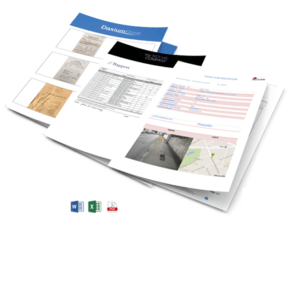
Creating a technical intervention report, as essential as it is for technicians working in the field, is a highly demanding task. It is, however, a crucial support as it justifies each step of a technical intervention, from the client’s initial request to the final validation of the service. Despite its importance, the technical report is time-consuming, energy-draining, and too often a source of errors. The solution? Digitizing the management of technical interventions! Discover how to substantially facilitate and accelerate the production and utilization of your intervention reports through a specialized mobile application. Let’s explore.
Why is the Technical Report Essential for Managing Your Interventions?
For internal interventions within the company, the intervention report enables tracking actions on different sites, scheduling subsequent interventions, anticipating potential orders, and corresponding maintenance.
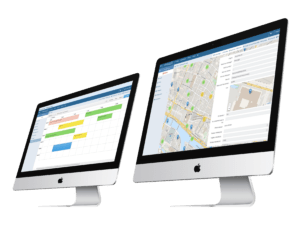
Certain elements, besides contact information and communication details between the intervenor and the beneficiary of the intervention, must necessarily appear in the content of the technical report:
- detailed initial request to eliminate any ambiguity about the nature of the upcoming intervention;
- explanations about the mission and relevant details for its smooth progress;
- the chosen equipment to understand the intervention;
- materials used to facilitate stock management, for example;
- detected anomalies and encountered pitfalls to address them appropriately;
The usefulness of the technical intervention report goes beyond the provided service at a given moment!
Effective management and monitoring of technical interventions provide a precise history per client or site, actions performed, and equipment involved. It helps verify compliance with regulations, know the exact number of hours worked, and consult the technician’s recommendations for the future. The report only needs to be sent to each party, and the job is done! But it’s not that simple…
How to Generate Automated Intervention Reports?
The Limits of Paper-based (or Traditional) Intervention Reports
The technical intervention report represents a considerable amount of information, recommendations, and details—a necessary traceability contributing to a higher overall service quality.
But at what cost to the worker? It costs them daily time, spent with more or less enthusiasm, filling out successive intervention forms, at the expense of their working time and the consideration given to the client. But that’s not all! Another significant pitfall is characteristic of this type of reporting: the infinite multiplication of error risks.
Explanation: data entry is done on paper by technical staff, possibly in Word/Excel by auditors, and then “re-entered” by administrative services into the company’s information system. Between the difficulty of compiling information from different sources, sometimes painful deciphering of various handwritten notes, numerous back-and-forths to clarify information, or even retrieve missing information, the loss of crucial data and errors are inevitable.
In the end, the exploitation of this crucial document becomes very difficult and slow, inevitably costing in relevance, productivity, efficiency, and profitability!
That’s a lot, isn’t it?
A Simple Solution: Mobile Application for Intervention Reports
Digitizing the management of your technical interventions and consequently automating the production of the intervention report via a mobile application is an alternative with considerable advantages:
Advantage #1: Reliable and Actionable Information
The technical report is entered into ergonomic and intuitive templates, configured based on the type of intervention. Text, photographs, geolocation, documents—the data is standardized, significantly reducing potential omissions and input errors. Plus, you can exploit and analyze them more easily!
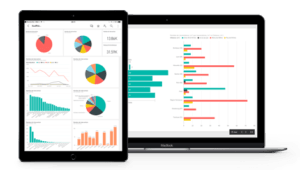
Advantage #2: Goodbye Paper
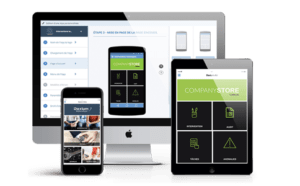
No need to print intervention forms anymore. The client digitally signs it immediately after the service, with any observations in case of anomalies or disagreements. They automatically receive a copy by email (in Word, Excel, or PDF format), as do the internal services of the intervening company. A streamlined process that puts you in the era of real-time!
Advantage #3: Save 20% of Time!
Entered once in the application by the technician, the data is compiled and sent directly to the company’s information system. Their analysis is facilitated and accelerated, reducing the burden on administrative services. Intervention reports are generated automatically with the information entered by the technician, who no longer needs to go to the office to enter their reports. Each week, that’s one more day in the field!
Imagine the time saved just to ensure contractual commitments, but also for invoicing and sending invoices. And do we need to extol the benefits of digital storage, compared to paper technical reports to search for when needed, among a mountain of archives? Definitely not.
Advantage #4: Gain Efficiency!
A precious organizational advantage, which is an unparalleled time saver and significantly facilitates task distribution. In the same logic, adding to task dispatching and the level of detail provided by the automated technical intervention report, intervention monitoring is ultra-precise. It is possible to know the start and end of the task, a time account very useful for invoicing clients or analyzing productivity by team or task type.
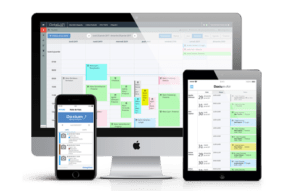
Advantage #5: No More Disputes!
Conclusion
Daxium, a software publisher specialized in the performance of mobile employees, offers you the opportunity to optimize the management of your technical interventions through Daxium Intervention, a 100% tailor-made mobile application. Designed for your field-working collaborators—technicians, auditors, salespeople, site managers, supervisors—this application allows, among other things, to easily and quickly generate structured and directly usable intervention reports, sending them to the headquarters in real-time.
